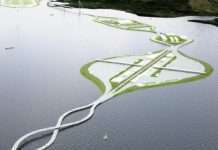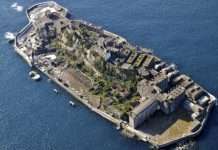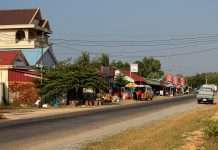The dramatic ecological shift on Easter Island (Rapa Nui) is a frequent case study in environmental change, but recent research clarifies the role of Polynesian rats ( Rattus exulans ) in its deforestation. A new study suggests that these rats, introduced by early Polynesian settlers, were a key driver in the destruction of the island’s palm forests between 1200 and 1650 CE, alongside human activity.
The Palm Forest and Early Settlers
Before human arrival, Rapa Nui was dominated by Paschalococos disperta palm trees, now extinct but related to the Chilean wine palm. These slow-growing trees took decades to mature and bear fruit, making them vulnerable to disruption. When Polynesians settled the island around 1200 CE, they brought their standard subsistence package: taro, sweet potatoes, bananas, yams, livestock (dogs, chickens, pigs), and the Polynesian rat.
Unlike the later-arriving Norway rat, this species thrived in the tree canopy, and its presence was almost inevitable in Polynesian voyages. Some accounts suggest these rats were deliberately transported as a food source – evidence includes historical reports of islanders carrying them for consumption.
The Rat Explosion and Palm Tree Collapse
Once established on Rapa Nui, the rat population exploded. The island offered ideal conditions: no natural predators and an abundance of palm nuts, which the rats devoured relentlessly. Because the palm trees evolved without rodent pressure, their nuts lacked defenses against this new predator. The rats consumed the seeds, preventing regeneration, while humans cleared land for sweet potato farming, compounding the deforestation.
“Palm nuts are rat candy. The rats went bananas,” said Professor Carl Lipo of Binghamton University.
Slash-and-Burn and Adaptation
Polynesian agricultural practices, including slash-and-burn farming, further contributed to the environmental changes. While this method can temporarily enrich poor volcanic soils, the slow growth rate of Rapa Nui’s palms meant they couldn’t recover quickly enough to withstand both rat predation and human land use.
However, the deforestation wasn’t necessarily a “disaster” for the islanders. They adapted by shifting to stone mulch farming, which enriched their crops without relying on the lost palm forests. The palms also weren’t suitable for timber, meaning their loss didn’t cripple their survival.
Long-Term Consequences and Modern Insights
The story doesn’t end with the initial deforestation. European contact brought sheep ranching in the 19th century, which likely extinguished any remaining palm seedlings. Ironically, the Polynesian rats themselves were later outcompeted by Norway rats or killed by introduced predators on many islands.
The lessons from Rapa Nui are complex. The story highlights the unintended consequences of ecological disruption but also demonstrates human adaptability in the face of environmental change. As Professor Lipo concludes, environmental reshaping doesn’t automatically equate to unsustainable outcomes.
The findings, published in the Journal of Archaeological Science, reinforce the idea that nuanced understanding is crucial when assessing environmental change, recognizing humans as a natural part of reshaping the world for their benefit.








































